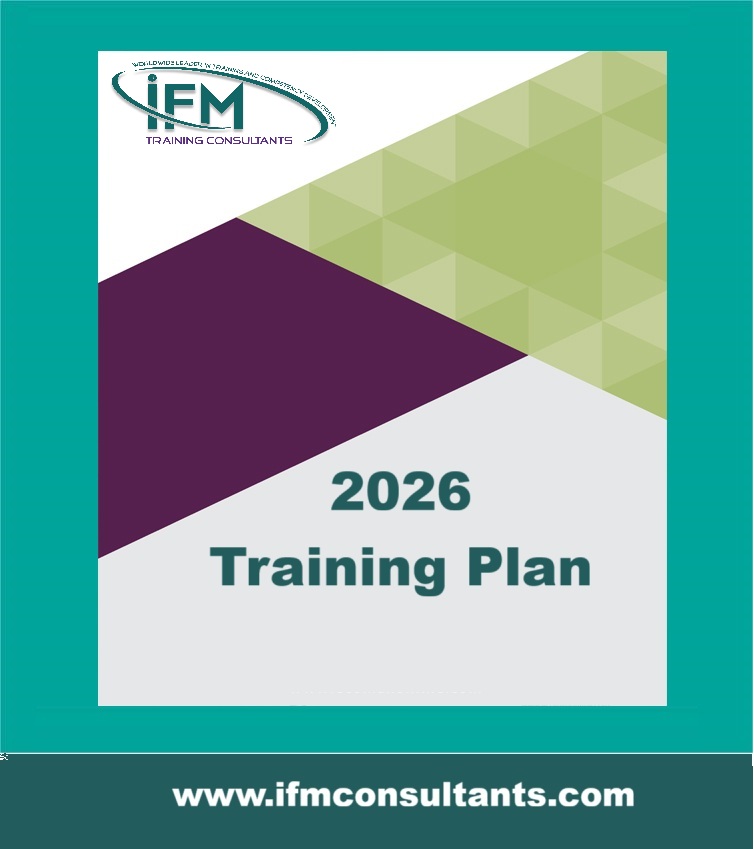Process Industry Safety Engineering Training
| Start Date | End Date | Venue | Fees (US $) | ||
|---|---|---|---|---|---|
| Process Industry Safety Engineering Training | 23 Nov 2025 | 27 Nov 2025 | Riyadh, KSA | $ 3,900 | Register |

Process Industry Safety Engineering Training
| Start Date | End Date | Venue | Fees (US $) | |
|---|---|---|---|---|
| Process Industry Safety Engineering Training | 23 Nov 2025 | 27 Nov 2025 | Riyadh, KSA | $ 3,900 |
Introduction
In all steps of designing of pressure equipment related to hydrocarbons and chemical processing and applied in Oil & Gas, Chemical, and Process industries, the process safety comes on the top of the list of all considerations. The safety remains to be of utmost importance during operation and maintenance and has to be verified with various methodologies.
This training course provides an overview of important elements of process safety as they are often encountered in today’s industrial practice. The emphasis is on engineering design aspects of Process Safety Management and it will highlight the safeguarding aspects of processing equipment inside the plant. Techniques for analyzing and mitigating process safety hazards applicable to Oil & Gas processing will be reviewed. The integration of the concepts required to achieve an optimum approach to Process Safety Engineering is the main goal of this course. Exercises and useful examples will be utilized throughout the course to emphasize the key learning points.
The training course will feature:
- Importance of the concept of “Inherently Safer Design”
- Design principles based on Standards for the safe operation of process equipment
- Selection and sizing of safety valves and pressure relief systems
- Methods for process hazards analysis: HAZOP, LOPA, FMEA
- Detection and prevention methods for fire and explosion accidents
- Plant Equipment Inspection (NDT) and Maintenance Procedures
Objectives
- Understanding different aspects of process design that influence process safety
- Appreciate “inherently safer design” for the entire process plant operation
- Evaluate mechanical integrity of process equipment
- Identify hazards associated with process fluids regarding the impact on material degradation
- Follow code requirements for sizing relief valves to handle relief streams
- Operate emergency de-pressuring systems (EDP) in case of fire and gas explosions
At the end of this training course, the participants will be able to:
Training Methodology
This is an interactive course. There will be open question and answer sessions, regular group exercises and activities, videos, case studies, and presentations on best practice. Participants will have the opportunity to share with the facilitator and other participants on what works well and not so well for them, as well as work on issues from their own organizations. The online course is conducted online using MS-Teams/ClickMeeting.
Who Should Attend?
This training course is suitable for a wide range of professionals but will greatly benefit:
- The operation, technical service, and maintenance professionals
- Technical professionals responsible for the maintenance and repair of equipment
- Professionals involved in inspection and maintenance and repair
- Project engineers and HSE professionals
- Technical professionals dealing with risk assessment and integrity analysis
Course Outline
Day 1: Overview of Safety in Process Design
-
Definition of Safety in Process Design
-
Overview of Historical Incidents and Problem Areas
-
Components of Process Safety: People, Plant, Process
-
Risk Identification and Safety Analysis
-
Process Hazard Analysis: HAZOP, LOPA, FMEA
-
Hazards Associated with Specific Plant Systems
-
Elimination of Hazards through Process Design
-
Prevention of Human Error through Process Control and Monitoring
Day 2: Inherently Safer Design
-
“Inherently Safer Design” Methodology
-
Pre-Design and Design Phases
-
Materials of Construction and Optimized Fabrication
-
Hazard Associated with Process Fluids and Chemical Reactions
-
Corrosion, Erosion, and Material Degradation
-
Leakage and Loss of Primary Containment
-
Dispersion of Hydrocarbon Release
-
Flammability of Chemicals
Day 3: Safety of Process Equipment
-
Hazard Associated with Process Equipment
-
Safety Considerations in Reactor Design
-
Design Procedure for Safety of Pressure Vessels, Storage Tanks, Reactors, Heat Exchangers
-
Venting of Tanks and Vessels: Codes, Standards, and Best Practices
-
Piping System Design and Safety
-
Design of Piping System Accessories: Valves, Fittings, Supports
-
Assessment of Material Degradation during In-Life Cycle: Fitness for Service
-
Monitoring, Testing, and Inspection (NDT)
Day 4: Design of Pressure Relief Systems
-
Design of Safety Valves
-
Operation of Pressure Relief System
-
Calculation and Sizing of Relief Loads of Pressure Relief Systems
-
Pressure Relief Valves vs. Rupture Discs
-
Codes, Standards, and Best Practices
-
Specifics of Pressure Relief Systems for Pumps, Compressors, Turbines
-
Process Plant Disposal Systems
-
Disposal Hazards, Risk Assessment, and Environmental Factors
Day 5: Process Monitoring and Control
-
Safety Instrumented Systems
-
Process Plant Monitoring and Control System: SCADA
-
Emergency De-pressuring Systems (EDP)
-
Prevention of Fire and Gas or Dust Explosions
-
Safety Consideration in Plant Layout and Equipment Spacing
-
Management of Change and Integrity Operation Window
-
Plant Equipment Inspection and Maintenance Procedures

















